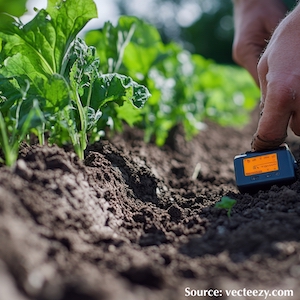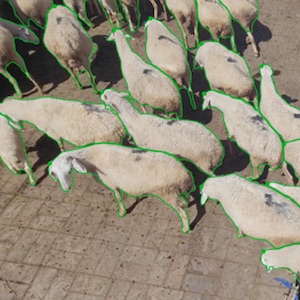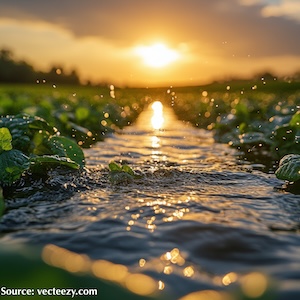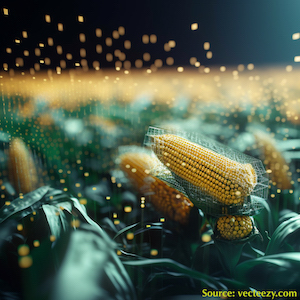Review on electromagnetic soil sensing technologies: devices, statistical models, and future perspective

All claims expressed in this article are solely those of the authors and do not necessarily represent those of their affiliated organizations, or those of the publisher, the editors and the reviewers. Any product that may be evaluated in this article or claim that may be made by its manufacturer is not guaranteed or endorsed by the publisher.
Authors
Soil sensors are of utmost importance for agriculture and related disciplines, particularly in terms of environmental sustainability and, consequently, social benefits. Traditional soil measurement techniques are, in general, time-consuming and expensive and require soil sampling and laboratory analyses, avoiding the possibility of producing spatially field-scale information. Whereas, for soil quality assessment, especially in agricultural practices and for the development of precision agriculture, affordable, rapid, and reliable soil quality sensing technologies are required. These indirect tools are mainly based on electromagnetic, radioactive, and optical techniques set up for a single parameter measurement or multiple estimations of soil attributes through a fusion of different sensors. To improve the accuracy of the measurement, a significant effort was dedicated to statistical models that consider the interactive relation of the other soil properties and exploit the potential of multivariate solutions and machine learning. The recent increase in computational power has highlighted the importance of collecting and aggregating large volumes of data from sensors, computer vision systems, and hyperspectral cameras and modeling them for agricultural and environmental decision support systems. Accordingly, a review of the main techniques for soil quality parameter estimation, including both devices and predictive statistical models, has been conducted to describe the up-to-date state of the art, the limits of the various approaches, and future trends.
Graphical Abstract
How to Cite

This work is licensed under a Creative Commons Attribution-NonCommercial 4.0 International License.









